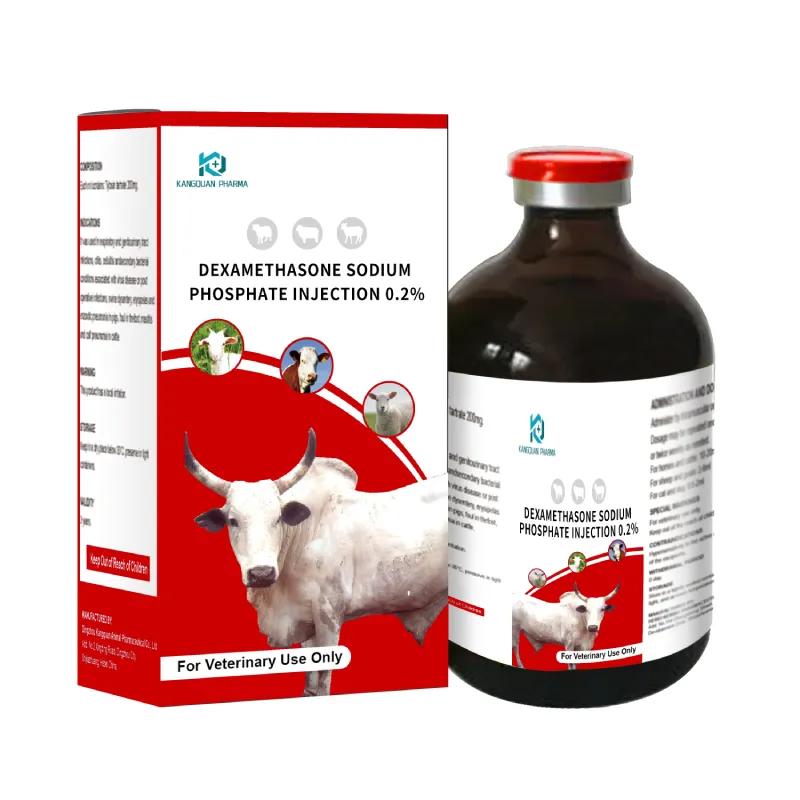- Afrikaans
- Albanian
- Amharic
- Arabic
- Armenian
- Azerbaijani
- Basque
- Belarusian
- Bengali
- Bosnian
- Bulgarian
- Catalan
- Cebuano
- Corsican
- Croatian
- Czech
- Danish
- Dutch
- English
- Esperanto
- Estonian
- Finnish
- French
- Frisian
- Galician
- Georgian
- German
- Greek
- Gujarati
- Haitian Creole
- hausa
- hawaiian
- Hebrew
- Hindi
- Miao
- Hungarian
- Icelandic
- igbo
- Indonesian
- irish
- Italian
- Japanese
- Javanese
- Kannada
- kazakh
- Khmer
- Rwandese
- Korean
- Kurdish
- Kyrgyz
- Lao
- Latin
- Latvian
- Lithuanian
- Luxembourgish
- Macedonian
- Malgashi
- Malay
- Malayalam
- Maltese
- Maori
- Marathi
- Mongolian
- Myanmar
- Nepali
- Norwegian
- Norwegian
- Occitan
- Pashto
- Persian
- Polish
- Portuguese
- Punjabi
- Romanian
- Russian
- Samoan
- Scottish Gaelic
- Serbian
- Sesotho
- Shona
- Sindhi
- Sinhala
- Slovak
- Slovenian
- Somali
- Spanish
- Sundanese
- Swahili
- Swedish
- Tagalog
- Tajik
- Tamil
- Tatar
- Telugu
- Thai
- Turkish
- Turkmen
- Ukrainian
- Urdu
- Uighur
- Uzbek
- Vietnamese
- Welsh
- Bantu
- Yiddish
- Yoruba
- Zulu
டிசம்பர் . 05, 2024 15:05 Back to list
albendazole 10 ml
Understanding Albendazole A Key Antiparasitic Medication
Albendazole is a widely used antiparasitic agent that belongs to the benzimidazole class of drugs. It is renowned for its efficacy against a range of parasitic infections, making it an essential medication in the treatment of conditions like hydatid disease, neurocysticercosis, and other worm infestations. This article will explore the mechanism of action, indications, dosage, side effects, and important considerations for using albendazole, particularly in its 10 ml formulation.
Mechanism of Action
Albendazole works primarily by inhibiting the polymerization of tubulin into microtubules, ultimately disrupting the cellular processes of parasites. This action interferes with the metabolism and motility of the parasites, effectively leading to their death. It is particularly effective against a range of helminths, including roundworms, tapeworms, and flukes. The drug has a broad spectrum of activity, making it a popular choice in both veterinary and human medicine.
Indications
Albendazole is indicated for various infections caused by parasitic organisms. Some common conditions treated with albendazole include
1. Intestinal Worms This includes ascariasis (roundworm), enterobiasis (pinworm), and hookworm infections. 2. Hydatid Disease Caused by Echinococcus granulosus, this condition is characterized by the formation of cysts in the liver, lungs, and other organs. 3. Neurocysticercosis A serious infection caused by Taenia solium (pork tapeworm), affecting the brain and central nervous system. 4. Other Parasitic Infections It has shown efficacy against certain species of Schistosoma (flukes) and Strongyloides (threadworms).
Dosage
Albendazole is commonly available in various forms, including tablets, chewable tablets, and suspensions. The 10 ml suspension formulation is particularly useful for pediatric patients or those who have difficulty swallowing pills. Dosage can vary based on the type of infection, the patient's age, and weight.
For adults, a typical dose for intestinal helminths may be a single dose of 400 mg, while for neurocysticercosis, a more prolonged treatment regimen at a dosage of 400 mg twice daily for 8 to 30 days is common. Pediatric dosages are usually weight-based and should always be calculated by a healthcare provider. It is essential to follow the healthcare professional's guidance to ensure safety and effectiveness.
albendazole 10 ml

Side Effects
While albendazole is generally well tolerated, it can cause side effects in some patients. Common side effects include
- Nausea - Vomiting - Abdominal pain - Diarrhea - Headache - Dizziness
In some cases, more severe side effects can occur, such as liver enzyme abnormalities, allergic reactions, or bone marrow suppression. Regular monitoring of liver function tests and complete blood count may be advisable during prolonged therapy.
Important Considerations
Before initiating treatment with albendazole, healthcare providers should assess the patient's medical history comprehensively. It is particularly critical to evaluate for any pre-existing liver disease, as albendazole is metabolized in the liver. Additionally, pregnant women should avoid albendazole unless absolutely necessary, as it falls into category C for pregnancy, meaning its safety has not been established.
Drug interactions can occur with albendazole, particularly with medications that induce or inhibit liver enzymes. Patients should inform their healthcare provider of any other medications they are taking to avoid potential adverse effects.
Conclusion
Albendazole is a vital tool in the management of various parasitic infections. Its broad spectrum of activity, especially in treating conditions like neurocysticercosis and hydatid disease, showcases its importance in both human and veterinary medicine.
The 10 ml suspension formulation offers flexibility in administration, particularly for children and those in need of a liquid dose. As with any medication, it is essential to use albendazole under the guidance of a healthcare professional to minimize risks and ensure optimal outcomes. By understanding its uses, mechanisms, and side effects, patients can make informed decisions about their treatment options, contributing to better healthcare outcomes against parasitic diseases.
-
Guide to Oxytetracycline Injection
NewsMar.27,2025
-
Guide to Colistin Sulphate
NewsMar.27,2025
-
Gentamicin Sulfate: Uses, Price, And Key Information
NewsMar.27,2025
-
Enrofloxacin Injection: Uses, Price, And Supplier Information
NewsMar.27,2025
-
Dexamethasone Sodium Phosphate Injection: Uses, Price, And Key Information
NewsMar.27,2025
-
Albendazole Tablet: Uses, Dosage, Cost, And Key Information
NewsMar.27,2025













